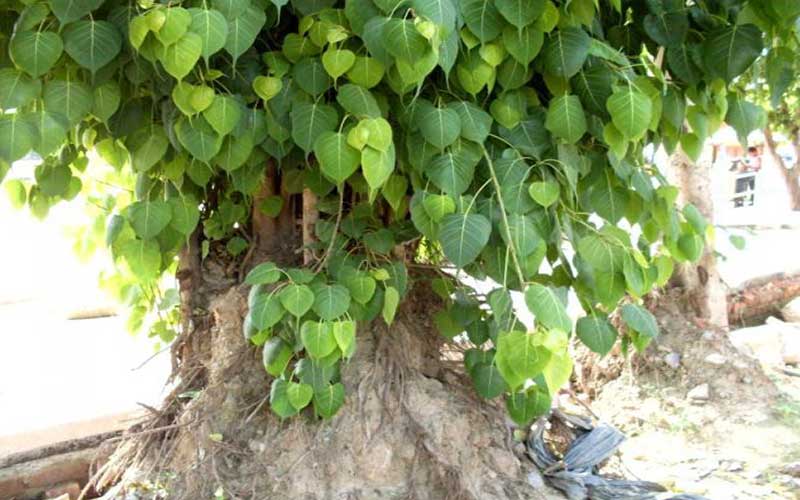One Amla A Day – Know The Story Of The Sacred Amla Tree
Amla is the most revered medicinal berry in India, having been used for thousands of years to treat a variety of health issues and diseases. The amla berry is high in pectin and vitamin C, and it is a key ingredient in Chawanprash, a popular herbal tonic that aids digestion, excretion, and rejuvenation.
This fruit and its medicinal compounds have a deep spiritual connection because it is thought to have been the first tree to grow on Earth, sprouting from Brahma's tears while he was meditating. According to Hindu mythology, tears began to fall from Brahma's eyes while he was immersed in Vishnu's meditation. The amla tree germinated when these tears fell to the ground.
Interesting factoids about the amla tree:
-
In scientific terms, the tree is known as Emblica myrobalan.
-
One fruit has more vitamin C than three oranges or sixteen bananas.
-
It is prized for its precious oil, which is used to treat hair and scalp issues.
-
Amla improves vision and cleanses the blood. It aids in the treatment of bile and cough. It improves food absorption.
-
The berry is excellent for treating mild to moderate hyperacidity as well as other digestive issues. It strengthens the liver, lungs, and nervous system.
-
Amla is most commonly grown in Uttar Pradesh, followed by Gujarat.
Ayurvedic medicine has traditionally used all parts of the Amla plant, including both dried and fresh fruit. It was thought to be light and dry, with a cooling energy. It has been used for a variety of ailments ranging from dyspepsia to osteoporosis to ophthalmic issues, but it is best known as Rasayana or rejuvenator and is highly regarded for delaying the onset of ageing.
In terms of cuisine, the fruit was commonly pickled or eaten raw, and the inner bark of the tree was used in soups. Because of its high tannin content, the fruit was also used in inks, shampoos, and hair oils, as well as a fabric dye fixative.
While Indian, Tibetan, and Chinese cultures have used Amla for centuries, the western world has only recently begun to truly appreciate its inherent healing capabilities through scientific studies and countless self-discovery case studies over the last decade.
According to phytochemical research, Amla is extremely nutritious, being one of the richest sources of ascorbic acid, amino acids, and minerals.
Ayurveda, the world's oldest holistic healing system, regards Amla as its most sacred and powerful remedy, having established its significance long before written records were made.
Through peer-reviewed studies, numerous studies are now confirming what traditional medicine has known all along: Amla has a potent antioxidant status, heals gut conditions, reduces mutagenic risk markers, improves circulation and liver function, anemia, and blood sugar control; these are just a few of the health conditions it improves.
